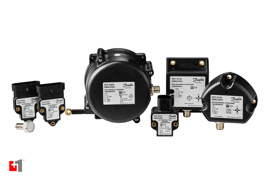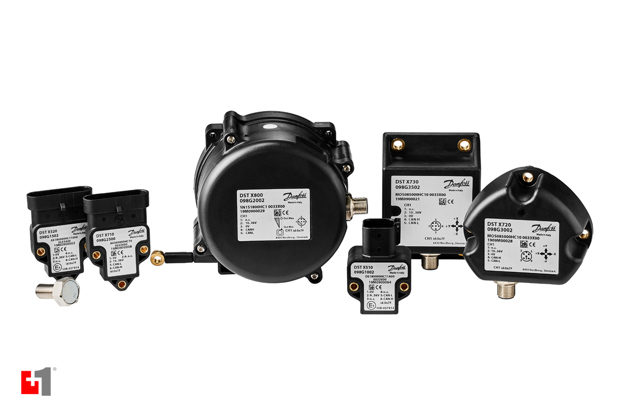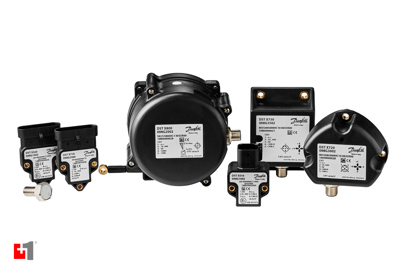Why more and more position sensors
are used in the mobile hydraulic industry
Demand for smart sensor technology is rapidly expanding. From navigation systems in smartphones to driver-assistance systems, sensors are playing an increasingly crucial role in winning the technology race.
Global megatrends like the Internet of Things, wearable systems for health monitoring, and automation in vehicles are key drivers behind the rapid growth in demand for sensors
As a result, smart sensors have become more affordable than ever, allowing application producers in other industries – such as the mobile hydraulic industry – to use sensors to increase automation, productivity, efficiency, and not least, functional safety.
Sensors lift functional safety to the next level
There is no such thing as a risk-free machine or application. Functional safety will always be in the hands of machine producers, owners, and operators. However, even though risk cannot be completely eliminated, it can be reduced to a minimum.
This means that the challenge for off-highway OEMs and machine builders is to design machines with the right level of safety while still maintaining high machine performance.
Vehicle manufactures need to comply with the Machine Directory. These standards represent a way to comply with the law and introduce a safety system matching a PL d level according to EN 13849-1 for detection, information, and control of the vehicle. And here sensors play a key role.
Position sensors have become crucial in mobile hydraulic solutions
To comply with safety as well as environmental regulations, mobile hydraulic producers require more and more sensors in all machine types.
As an example, this has led to a clear market trend for having multiple inclination sensors in the application – a type of sensors that is relatively new, in several applications, in the off-highway industry.
Previously, these sensors were cost-intensive. However, as the volume has gone up, especially in the automotive industry, this technology has become much more affordable.
This means that inclination sensors are now being used more and more to automate machines in the off-highway industry.
Choosing the right position sensor for your application
It is crucial to use the right sensor for your application. The first and most important step in choosing a position sensor for your project, is to be absolutely clear about what is needed, particularly with respect to sensor resolution, repeatability, and linearity.
On a wheel loader, you see position sensors typically in safety critical applications such as work function and steering.
Work function:
- Understands the kinematics of the loader arm and bucket
- Controls and activates stored positions, for example kick-outs and bucket positions
- Constrains control of the linkages to prevent cylinder damage
- Performs electronic cushioning on cylinders at the end of stroke
Electrohydraulic steering:
- Controls the steering position at all times
- Provides closed-loop position control
- Dampens the end of stroke of the steering cylinder for soft stops
- Provides a feedback signal for GPS auto-guidance
Knowing your application ensures that you improve safety and efficiency, decrease wear and tear, improve the working environment, decrease fuel consumption and have a smaller environmental footprint, as well as making it possible to carry out predicted maintenance.
Related products
-
if (isSmallPicture) {


 Position sensors
Position sensorsDanfoss is taking functional safety to the next level with a full program of state-of-the-art rotary position sensors, wire position sensors, and inclination sensors. All three sensor types come as both single and redundant sensor types, making the complete portfolio suitable for safety-critical applications.



